Prom queens, football teams, graduation day. The activities and archetypes of American high school life are central to so many movies, books, and recurring nightmares that they seem almost timeless, without history. Really, they’re relatively recent arrivals, along with the American high school itself and the idealized vision of a national future it once promised.
Emerging in the early twentieth century, modern American high schools standardized curricula and activities while vastly expanding enrollment, producing graduates ready-made to join a similarly standardized—and rapidly growing—industrial workforce. Together, these developments created a common American youth experience, as well as promised mass entry to a burgeoning middle class. And, at about the same time, these increasingly standardized experiences were represented (and reaffirmed) in similarly standardized annual records: yearbooks.
In his case study of Cleveland high schools and the cultural work of schooling in the early twentieth century, Patrick J. Ryan observes: “One could justifiably claim that comprehensive public high schooling is as indicative of American society as any institution. If so, our interpretation of it should be central to our understanding of the country.” The Cleveland Public Library’s collection of high school yearbooks provides a portrait of the rise of the American high school and the socioeconomic mobility it promised—but never quite delivered.



In the nineteenth century, Cleveland was a trailblazer in public education. Home to the first free public high school in the state (Central High School, founded 1846), it also offered integrated education by the 1840s. Indeed, celebrated Harlem Renaissance poet Langston Hughes graduated from Central High in 1920, where he was yearbook editor, “Class Poet,” and named “best eyes” of his class.
High school yearbooks, meanwhile, evolved out of nineteenth century student-made autograph books and scrapbooks, which gathered ephemera that captured both the communal and personal experiences of collegiate life. By the early 1900s, high school yearbooks had reached a state of mature uniformity: mass produced by the schools themselves rather than individual students, they consistently featured posed portraits of students and faculty, along with photos of clubs and sports teams.

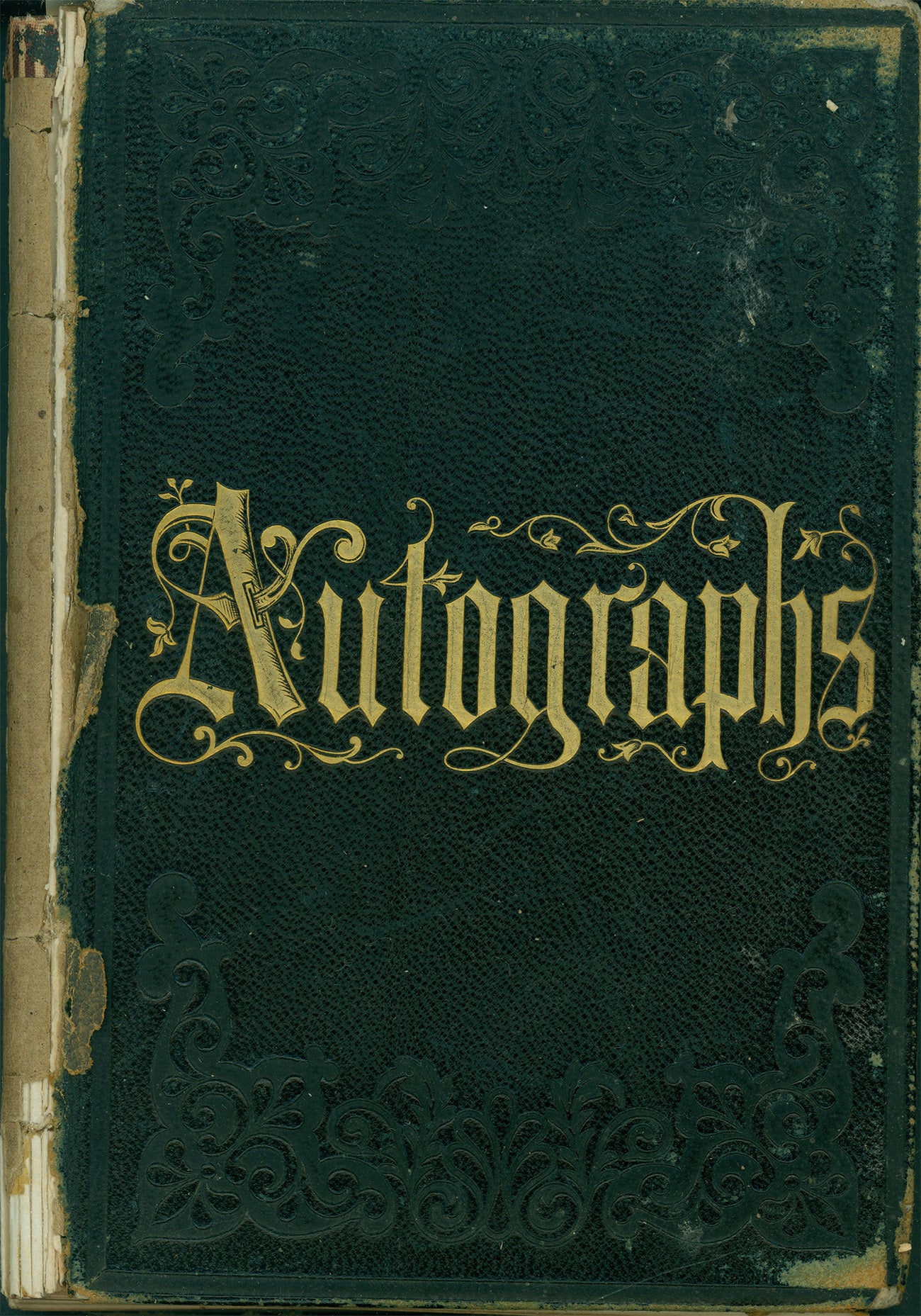
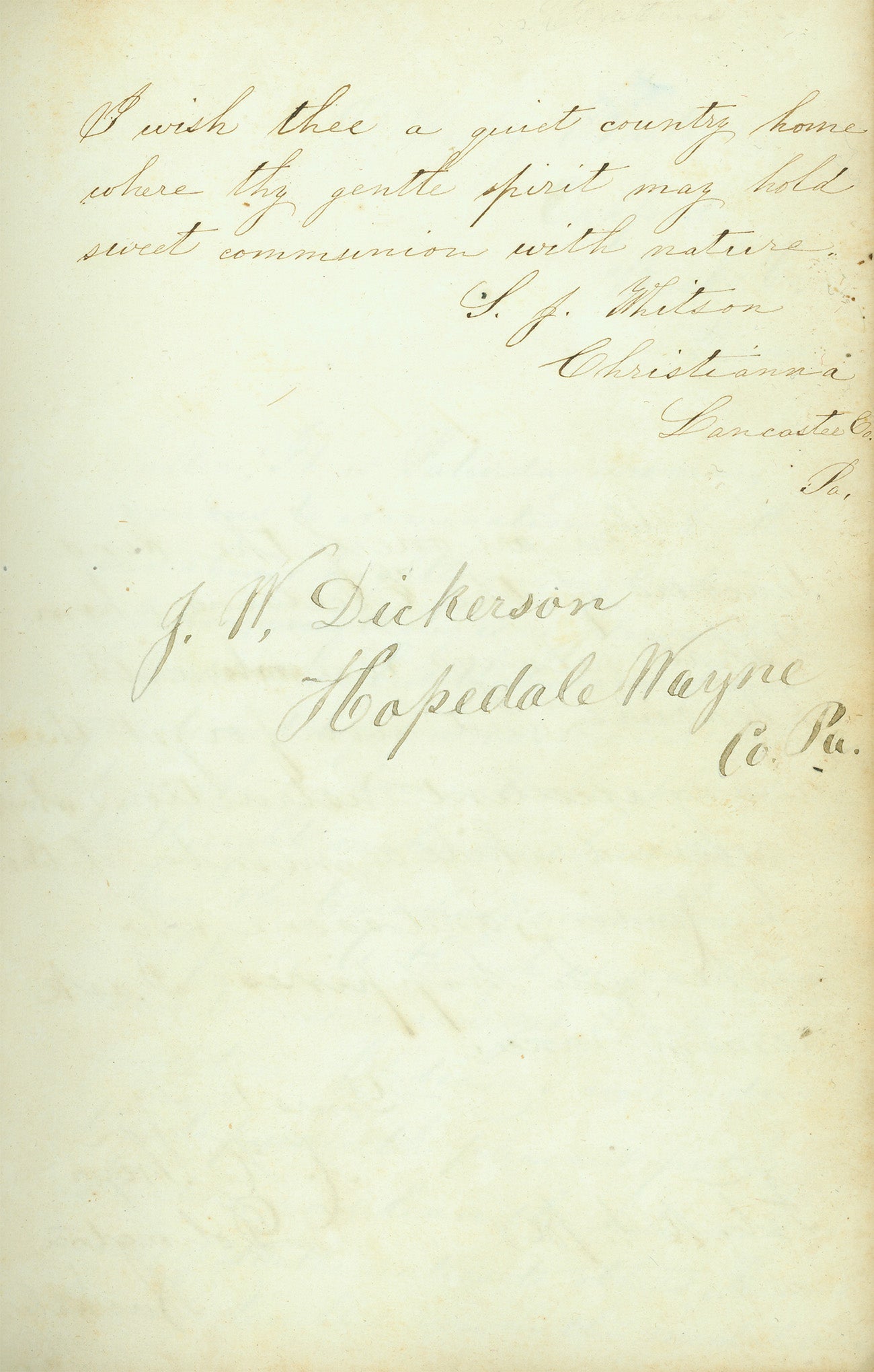
Made possible, in part, by advances in printing and photography, standardized yearbooks were at least as historically determined by the increasingly standardized “high school experience” and middle-class ideals that they both depict and reaffirm. Beyond their increasingly homogeneous content, other telling commonalities emerged. Departing from earlier group shots, senior portraits now showed isolated individuals arranged in grids with text listing each student’s school activities, future plans, and/or personality summaries. Taken together, this information managed to emphasize two contradictory ideals of the American middle class: conformity and individualism. Meanwhile, “class prophecies” offered predictions of students’ futures. They generally emphasized careers, homes, and marriage—cornerstones of middle-class life—and often intermingled with visions of an ever-improving national future.
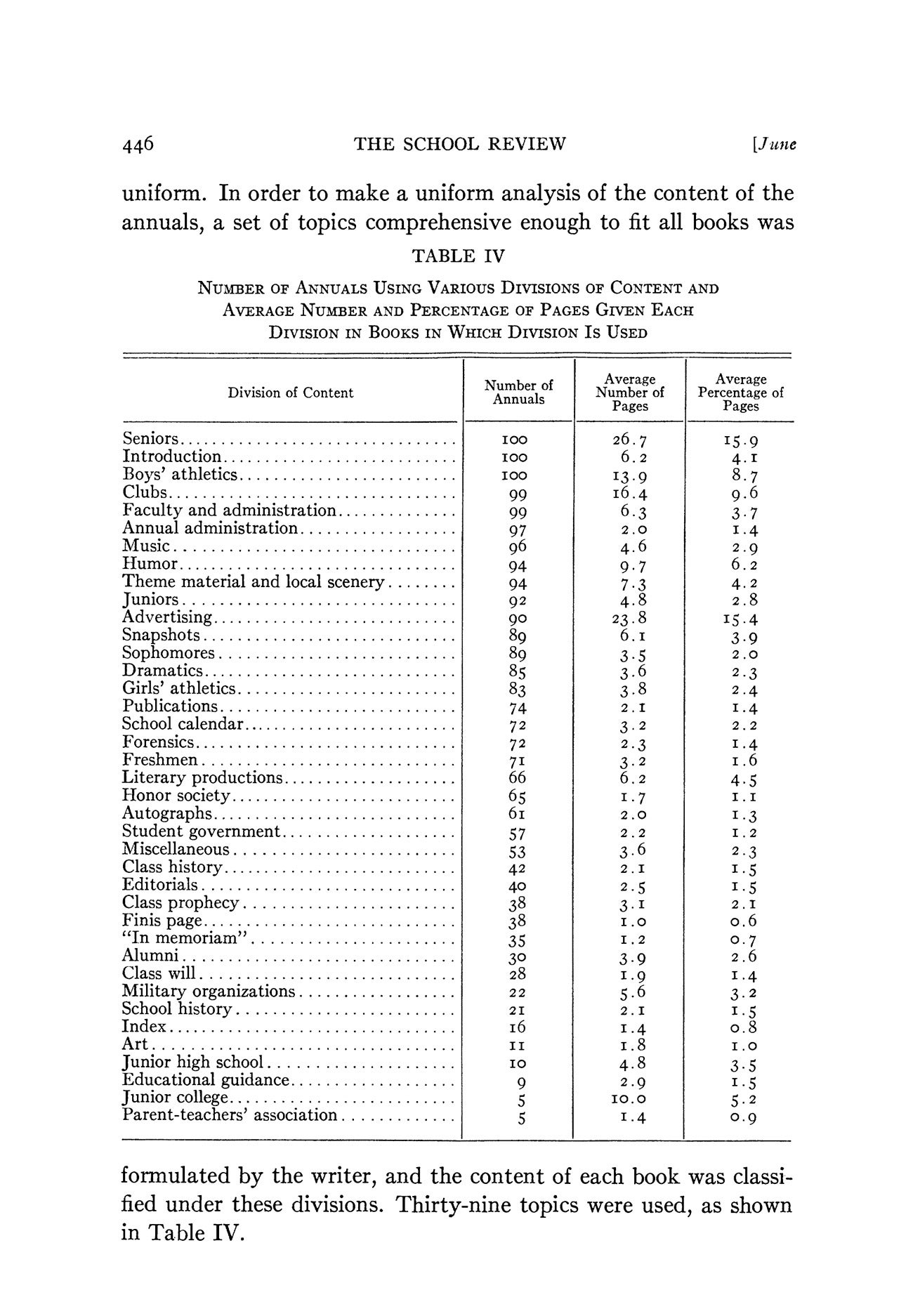
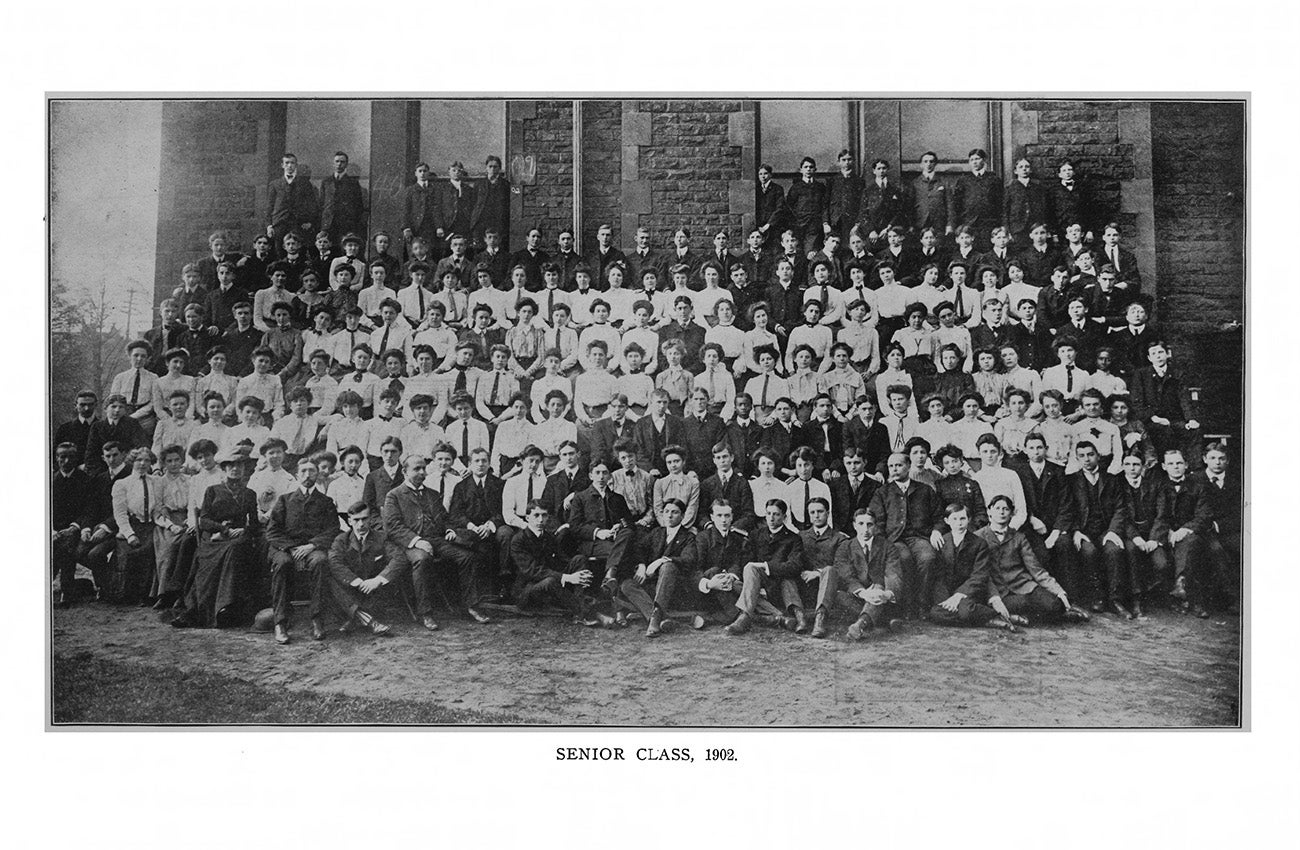
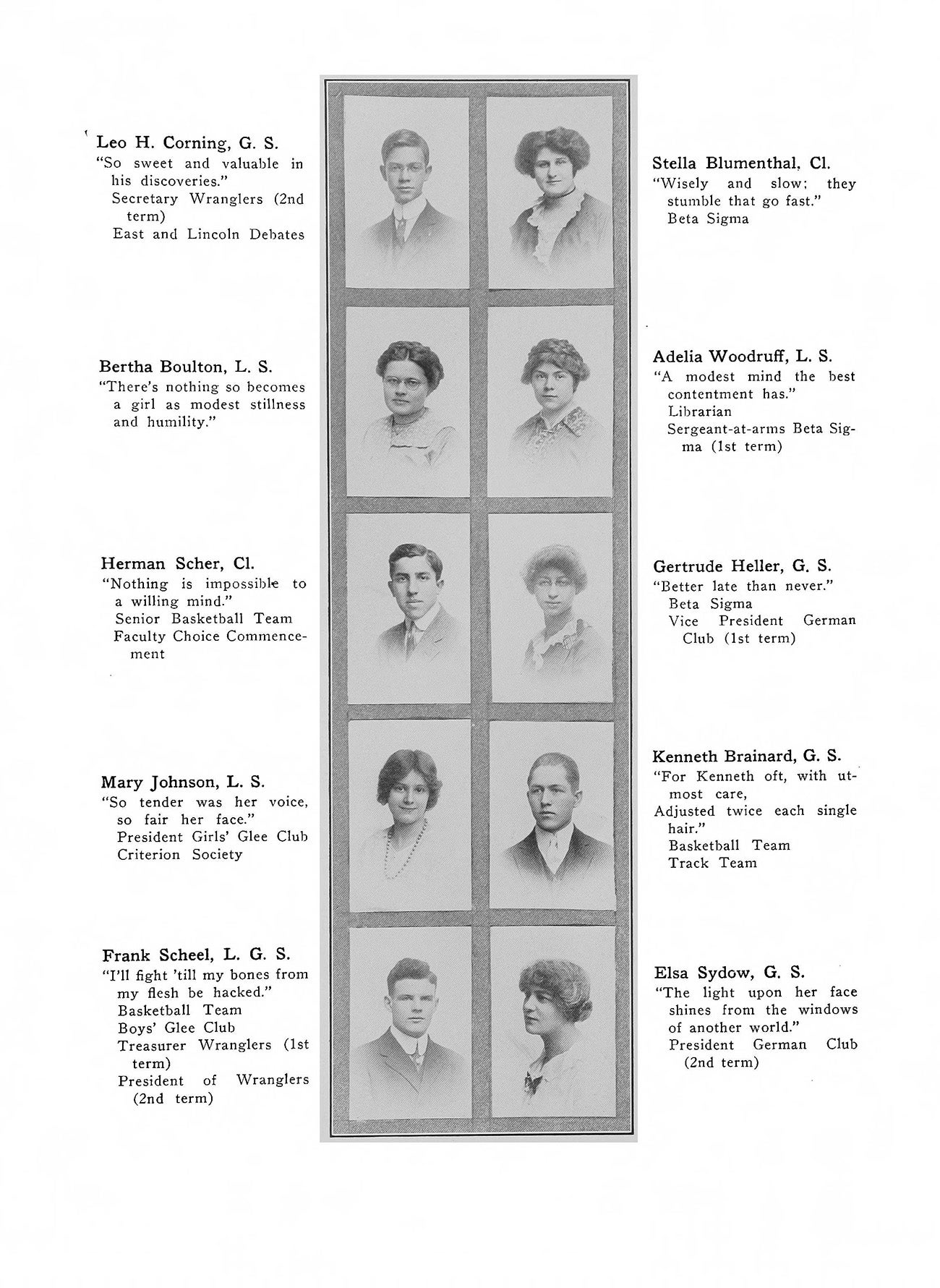
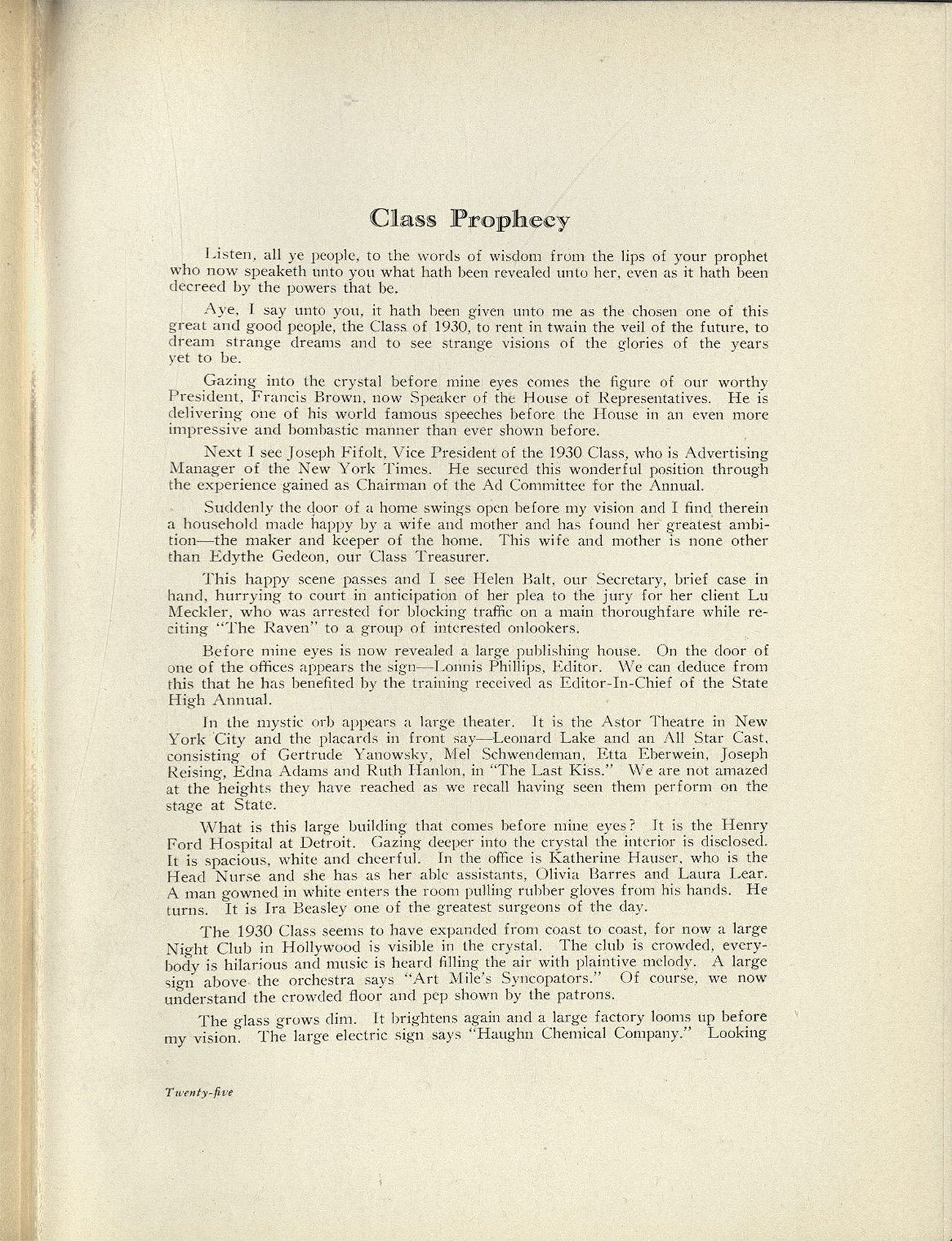

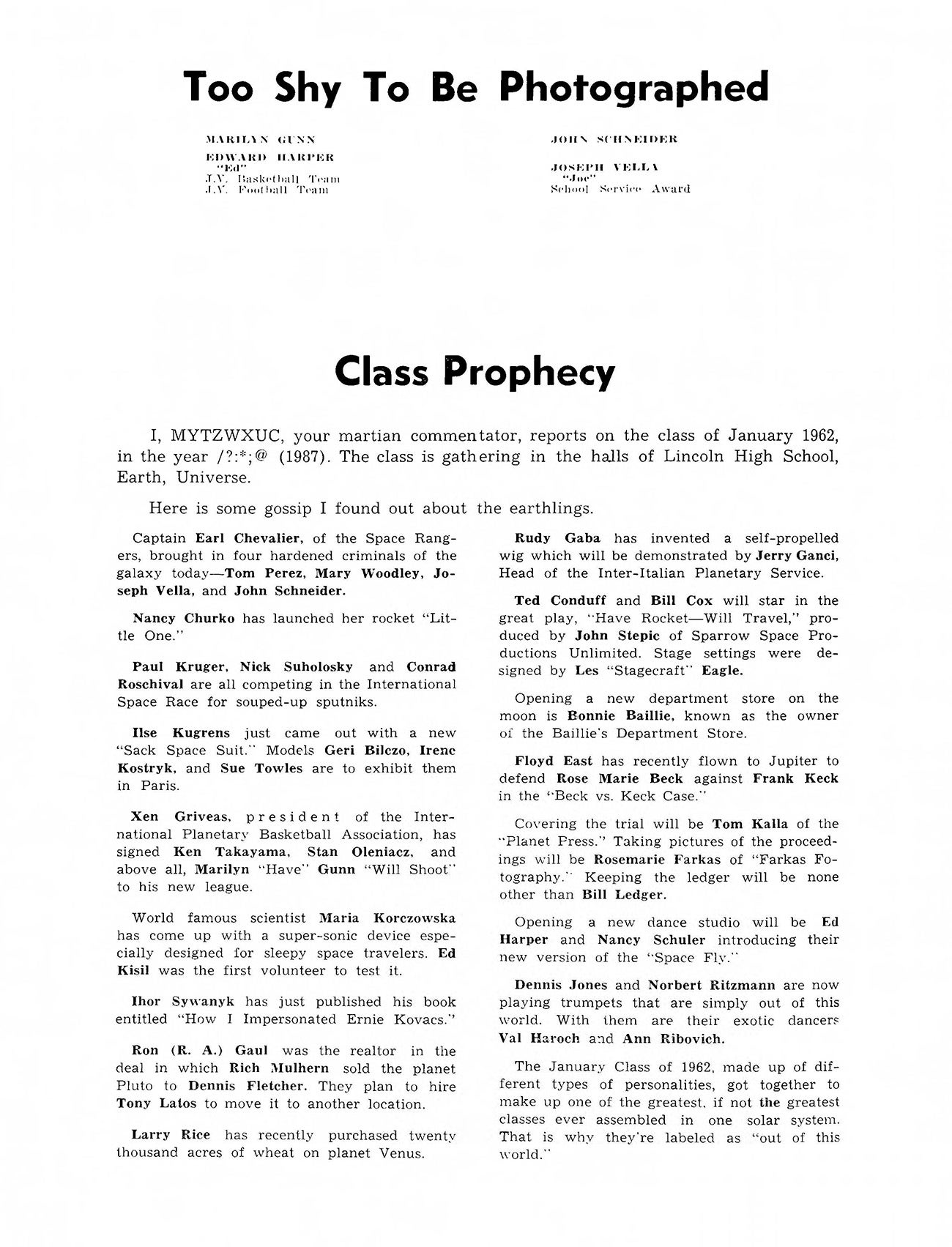
In a striking counterpoint to rosy future fantasies, handwritten notes by a previous owner of the 1909 Central yearbook detail classmates’ actual fates. In terms that mirror the standard middle-class categories of the usual “class prophecies,” students are labeled by profession, marital status, and/or level of prosperity, and sometimes simply noted as “dead.” With allusions to events in the late 1920s and a reference to “WWI,” it’s likely some of these notes were made in the 1940s or later, by which point the promises of middle-class life and upward mobility in Cleveland had begun to fall apart.
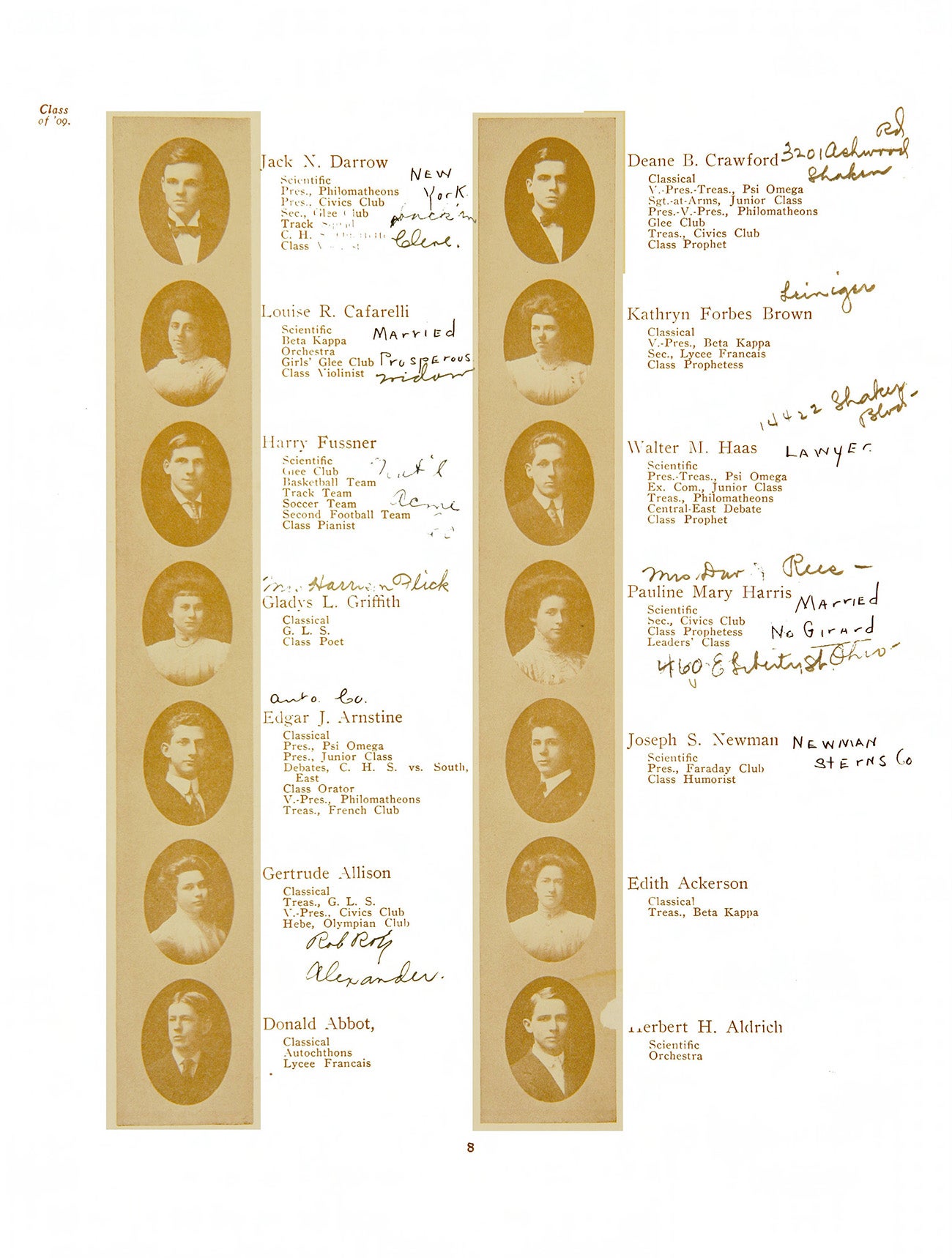

Deindustrialization, resegregation, and depopulation hit Cleveland early and hard: reaching its economic peak in the 1920s, depopulation in the city began as early as the late 1930s and steepened over subsequent decades. The Great Migration brought an unprecedented number of Black Americans to Cleveland and its schools between 1910 and 1940; this, together with waning employment opportunities, produced increasingly hostile race relations. Resegregation began, and investment in mostly Black schools suffered. In 1936, the Black community threatened to refuse tax increases if improvements weren’t made to the now-crumbling Central High School; the first public high school in Ohio, and Langston Hughes’s alma mater, was now in a telling state of decay. A new cornerstone was laid for Central in 1939, but the real issues only deepened.
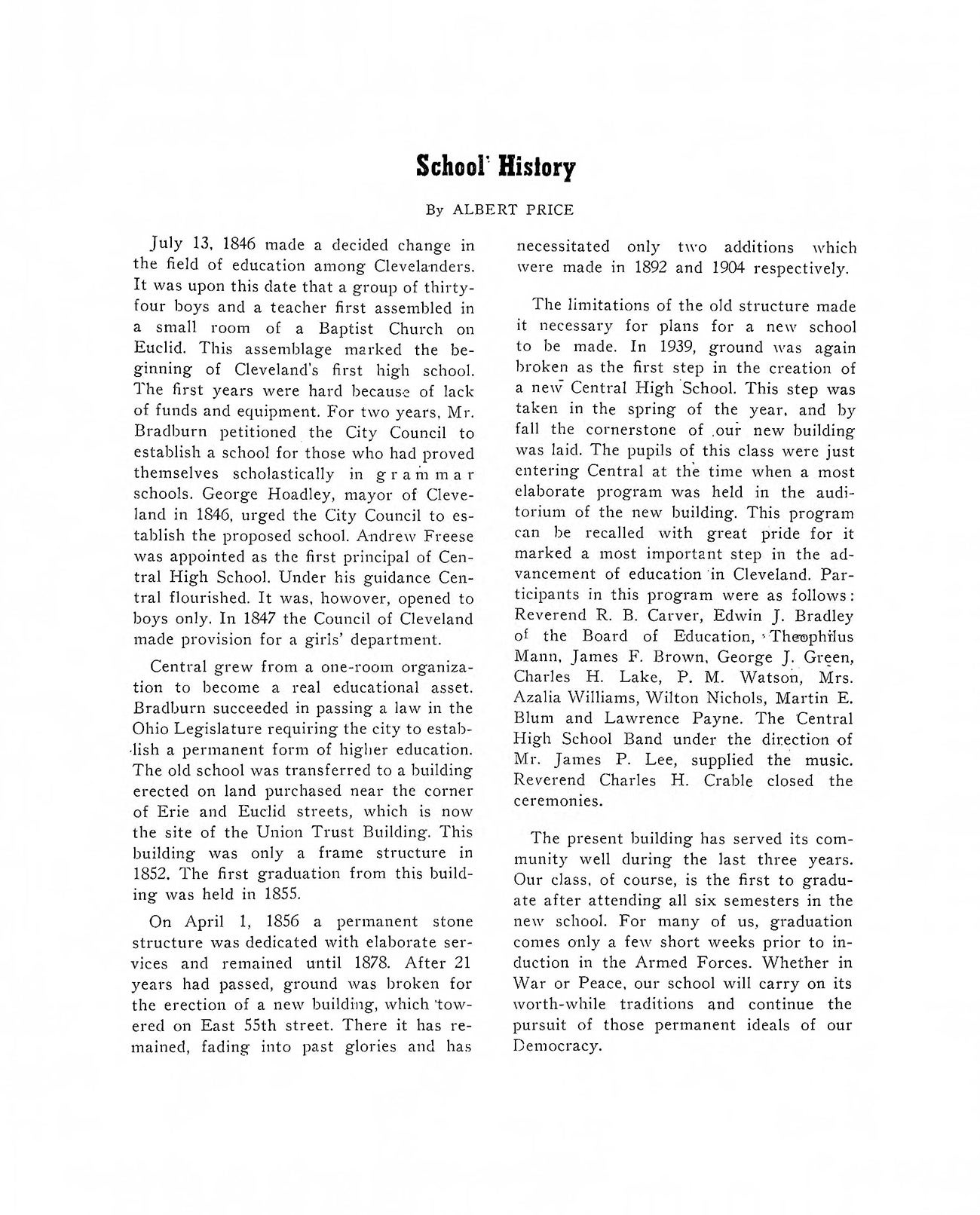
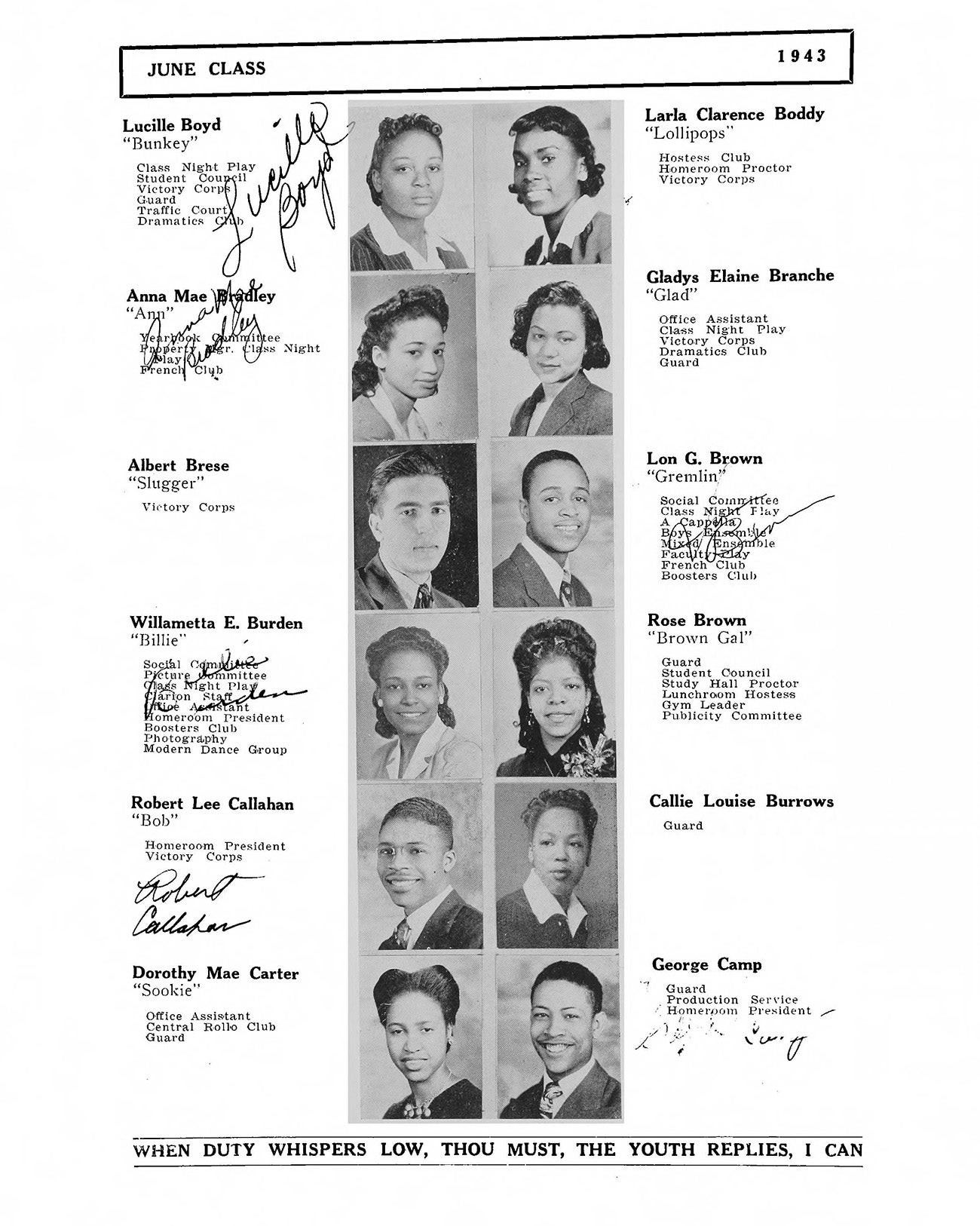
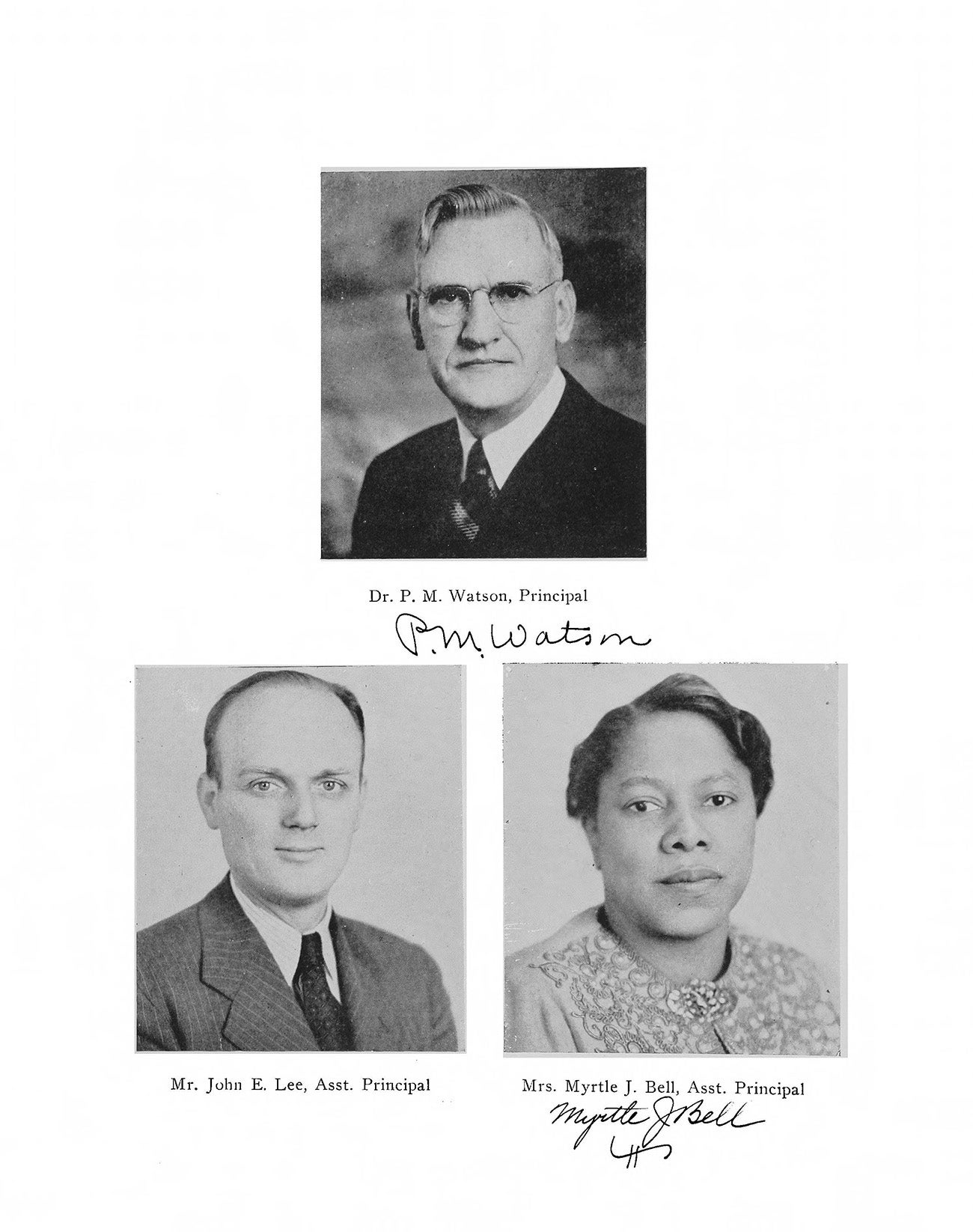
In 1973, the NAACP filed Reed v. Rhodes, which charged Cleveland schools with intentional segregation and kicked off decades of formal battles over integration. At the same time, deindustrialization accelerated and diminished employment opportunities while deepening racial disparities: a year after graduation, only 50 percent of Black and 65 percent of white graduates of the class of 1986 were employed.
As legal scholars W. Dennis Keating, Kermit J. Lindh demonstrate, things got worse from there. Like deindustrialization before it, the subprime mortgage crisis that rocked the world in 2008 saw early expression in Cleveland, where foreclosures began increasing dramatically in 1995. By 2010, the population of Cleveland had sunk to 397,000; just sixty years earlier, in 1950, it had approached one million. That year, the city closed eighteen schools as part of a “transformation plan” in response to dwindling enrollment and abandoned neighborhoods, mostly in the city’s predominantly Black East Side.
The jury remains out on whether the financial crisis dealt a final blow to the very possibility of the middle class by rendering home ownership nearly impossible for lower income Americans. Cleveland was an early bloomer in education and industry, and its people were early casualties of a long, national assault on social mobility spanning the last century. The most recent yearbooks in Cleveland Public Library’s collection are from 2010, including South High School’s final issue (it was closed that year). There’s no mention of the impending closure in the yearbook, but, on the frosting of a cake pictured on its opening page, there’s perhaps an oblique reference—and defiant response—to both the school’s demise and the uncertain American future: “We are not afraid to face new challenges.”
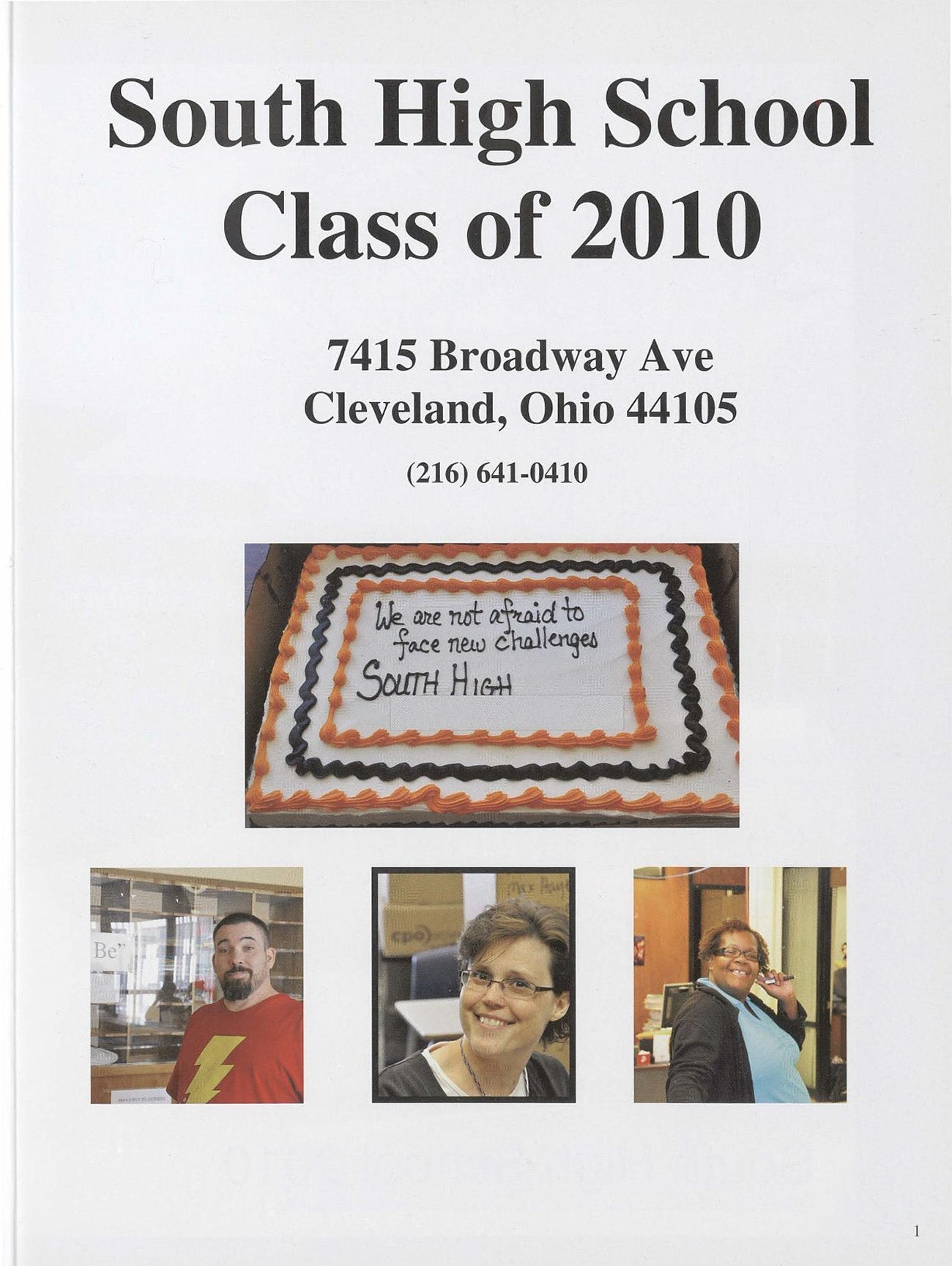
Support JSTOR Daily! Join our new membership program on Patreon today.







